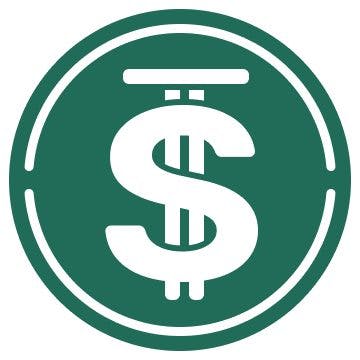Reward Rate
Enter Staking Amount
USD
USDD
Staking Time
1y
Rewards after 1y
What is USDD Staking?
USDD is the first over-collateralized decentralized stablecoin with a guaranteed minimum collateral ratio of 130%. It has been launched collaboratively by the TRON DAO Reserve and top-tier mainstream blockchain institutions. The USDD protocol runs on the TRON network, is connected to Ethereum and BNB Chain through the BTTC cross-chain protocol, and will be accessible across more blockchains in the future.
USDD Staking Performance Charts
Track USDD staking over time by analyzing key performance metrics.
Stake USDD with a Verified Provider
Find the best place to stake your USDD. Sort providers by their reward rate, network control & more.

USDD
Analyze USDD Staking Data
Compare the market position of USDD against other staking assets.
Change %
Calculate Your USDD Staking Rewards
Examine the long-term compounding effect of staking - per asset, provider, staking amount and price scenario.
Step #1
Step #2
Learn about USDD Staking
Where can I earn yield on USDD?
Where can I get USDD?
What is the core vision of USDD?
What is USDD?
Who is the team behind USDD?
Is USDD backed by FIAT Dollars?
Can USDD de-peg from $1?
What is USDD backed by?
What monetary policies will the TDR adopt to maintain the value of USDD?
How does the mint/burn mechanism work?

From the Staking Rewards Journal